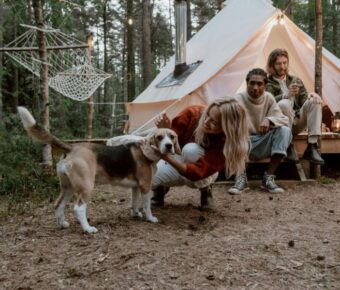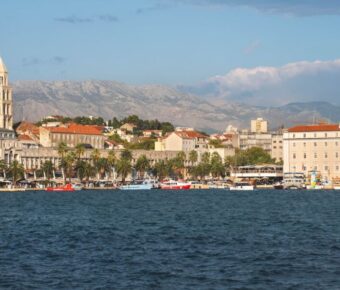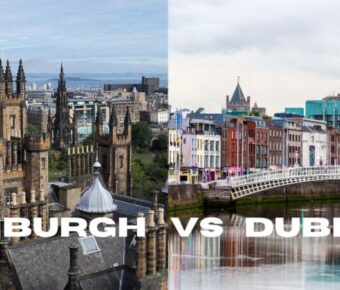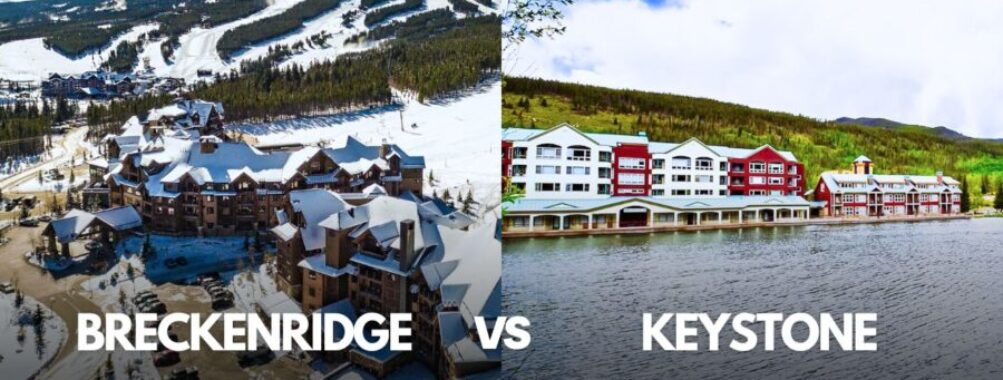
Breckenridge vs Keystone: 7 Essential Differences Every Colorado Skier Should Know Before Booking
Winter sports enthusiasts often debate Breckenridge vs Keystone when planning their next mountain adventure. These neighboring resorts offer distinct experiences despite being just a short drive apart. Breckenridge boasts a larger, more vibrant town with diverse dining options and a well-regarded children’s ski program, while Keystone features a more contained resort village atmosphere.
Both mountains have their strengths for skiers and snowboarders. Breckenridge offers superior terrain for advanced riders, particularly for double black diamond runs and accessible hike-to areas. Meanwhile, Keystone earns praise for being more beginner-friendly and easier to navigate, making it ideal for groups with mixed skill levels who want to enjoy time together on the slopes.
Your choice ultimately depends on what matters most for your trip. Breckenridge delivers the classic ski town experience with more nightlife and shopping, whereas Keystone provides a more concentrated resort experience. Each has its loyal fans among Colorado winter sports enthusiasts for good reason.
Table of Contents
- Overview of Breckenridge and Keystone
- Location and General Vibe
- Ski Resort Ownership
- Mountain Features Comparison
- Ski Trails and Terrain
- Lift Systems
- Snow Conditions and Weather
- Amenities and Accommodations
- Dining and Restaurants
- Accommodation Options
- Family and Children Activities
- Recreational Activities Beyond Skiing
- Explore Snowmobiling and Snowshoe Trails
- Experience Night Skiing and Après-Ski
- Affordability and Accessibility
- Lift Tickets and Season Pass Costs
- Transportation and Shuttle Services
- Unique Experiences and Local Culture
- Local Shops and Artisanal Crafts
- Cultural Events and Festivities
- Comparative Analysis
- Skiing and Snowboarding Experiences
- Family-Friendly Versus Adventure-Oriented
- Frequently Asked Questions
- What are the key differences in terrain between Breckenridge and Keystone for experienced skiers?
- How do family-friendly amenities compare at Keystone versus Breckenridge?
- Can you highlight the unique aspects of summer activities available at Keystone and Breckenridge?
- When comparing the snow quality and ski conditions at Keystone and Breckenridge, what should travelers consider?
- For those considering proximity to major airports, how do Keystone and Breckenridge vary in travel distance from Denver?
- Could you elaborate on how the nightlife and après-ski scenes differ in Breckenridge and Keystone?
- Book Your Dream Experience
- More Travel Guides
Overview of Breckenridge and Keystone
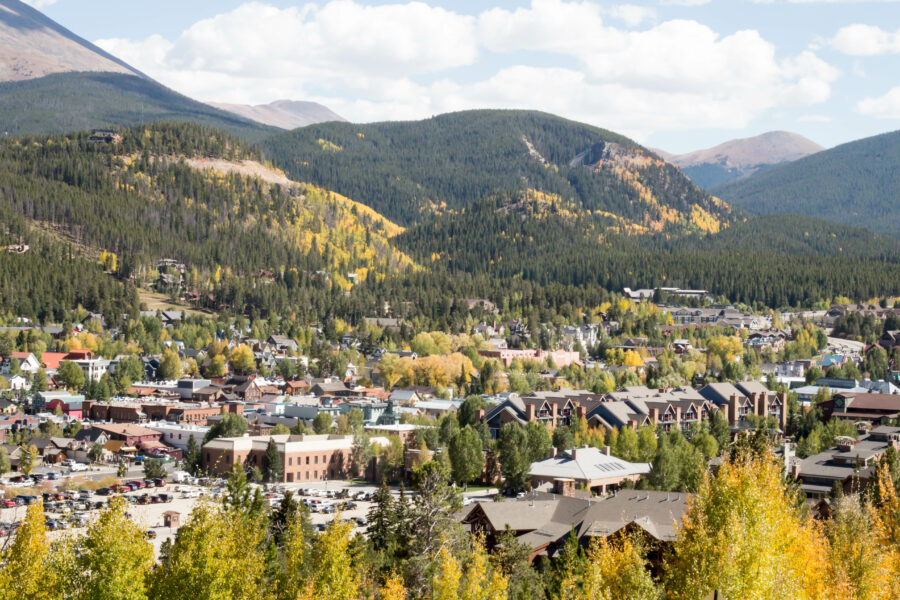
Breckenridge and Keystone are popular Colorado ski destinations with distinct characters and offerings. Both resorts attract thousands of visitors yearly but differ significantly in terrain, town atmosphere, and overall experience.
Location and General Vibe
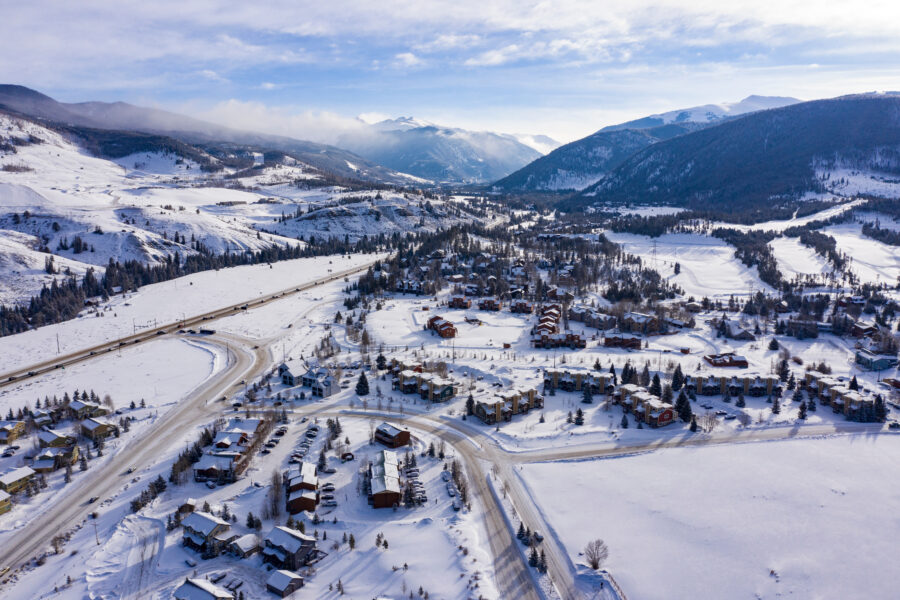
Breckenridge and Keystone are short distances from each other in Summit County, Colorado. Breck (as locals call it) is a historic mining town with colorful Victorian buildings and a lively main street. The town has a bustling atmosphere with many shops, restaurants, and nightlife options that appeal to visitors even after the slopes close.
Keystone, in contrast, feels more like a contained resort village. It’s quieter and more compact than Breck. The area has a more laid-back, family-friendly vibe without the same bustling downtown energy.
This creates a clear choice for visitors. Those seeking a vibrant town experience with plenty of off-mountain activities typically prefer Breckenridge. Families and those focused primarily on skiing often appreciate Keystone’s more relaxed setting and convenience.
Ski Resort Ownership
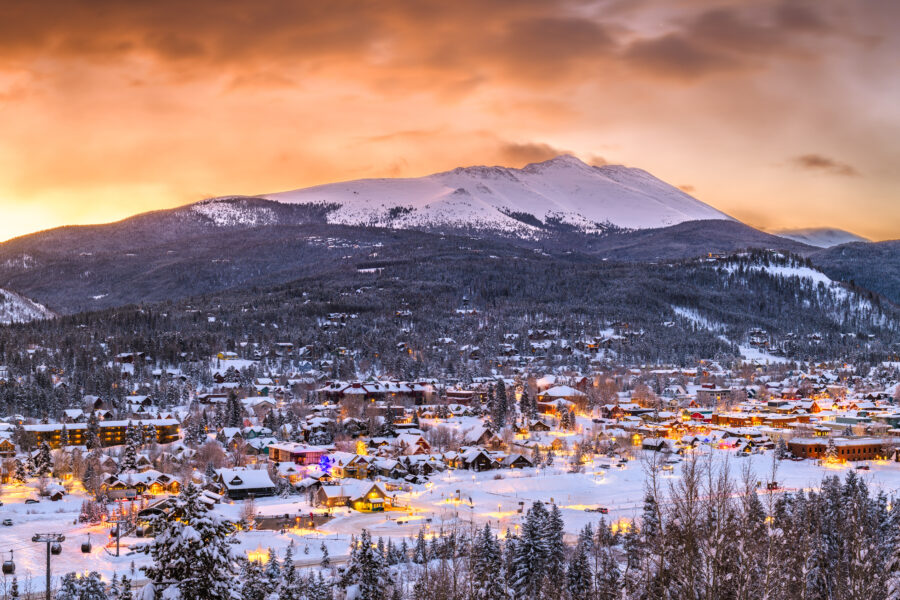
Vail Resorts, one of North America’s largest ski resort companies, owns and operates Breckenridge and Keystone. This shared ownership brings visitors several benefits, including using the exact lift tickets and season passes at both mountains.
The Epic Pass, Vail Resorts’ popular multi-resort season pass, provides access to Breckenridge, Keystone, and numerous other resorts worldwide. This makes it easy for visitors to experience both mountains during a Colorado trip.
Despite their common ownership, Vail Resorts has maintained distinct identities for each mountain. They’ve invested in different types of terrain expansion and amenities at each resort, preserving what makes each unique while ensuring consistent operational standards across both properties.
Mountain Features Comparison
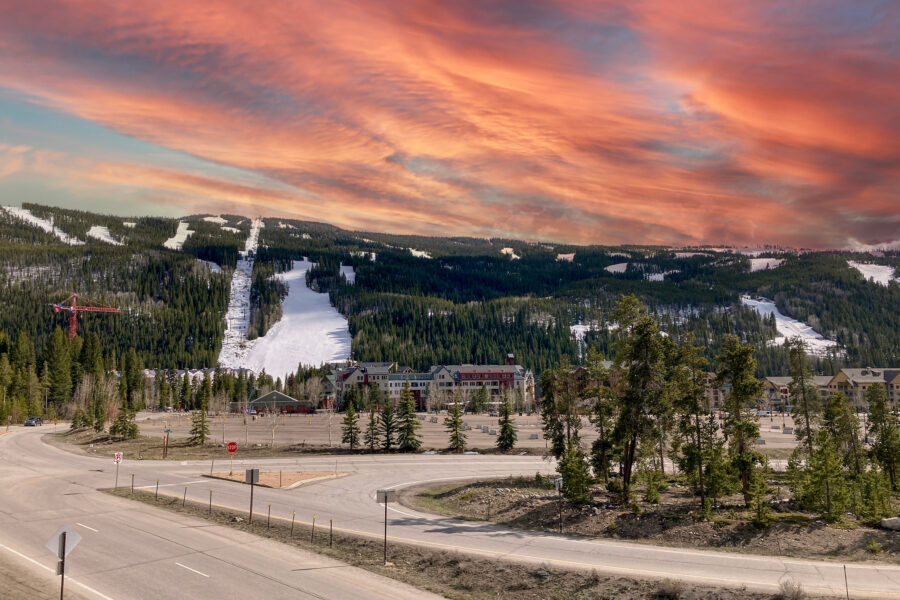
Breckenridge and Keystone offer distinct mountain experiences catering to different types of skiers and snowboarders. The mountains differ significantly in elevation, terrain variety, and overall atmosphere.
Ski Trails and Terrain
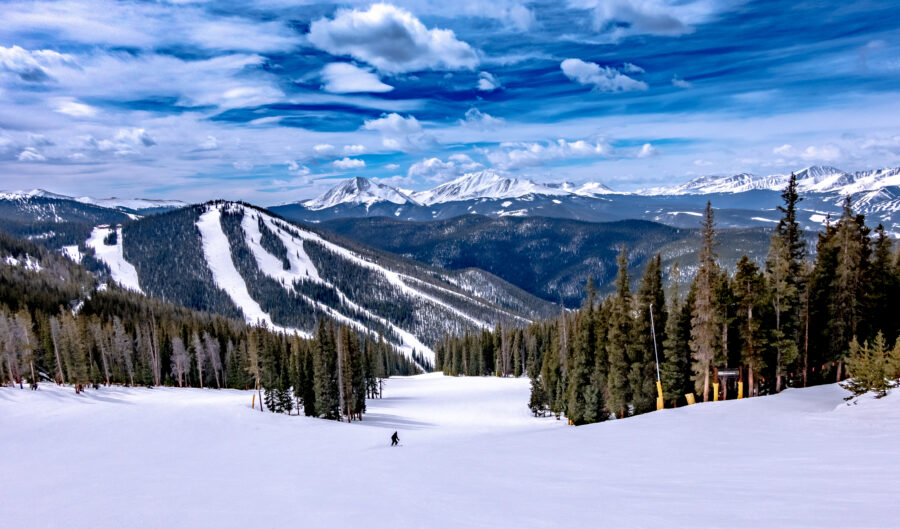
Breckenridge boasts impressive stats with a summit elevation of 12,998 feet compared to Keystone’s 12,408 feet. The elevation difference provides Breck with more high-alpine terrain and breathtaking views.
Breckenridge has five peaks (Peaks 6-10), with Peak 8 and Peak 9 popular spots for all skill levels. Peak 10 offers challenging terrain for advanced skiers, while the mountain’s above-treeline bowls are a hit with experienced skiers.
Keystone’s terrain is arranged differently, with three mountains, including North Peak. It’s generally considered family-friendly with wider, more open runs perfect for beginners and intermediates.
Keystone shines with its night skiing options—something Breckenridge doesn’t offer. For tree-skiing enthusiasts, Keystone’s Outback area provides excellent glade runs.
Lift Systems
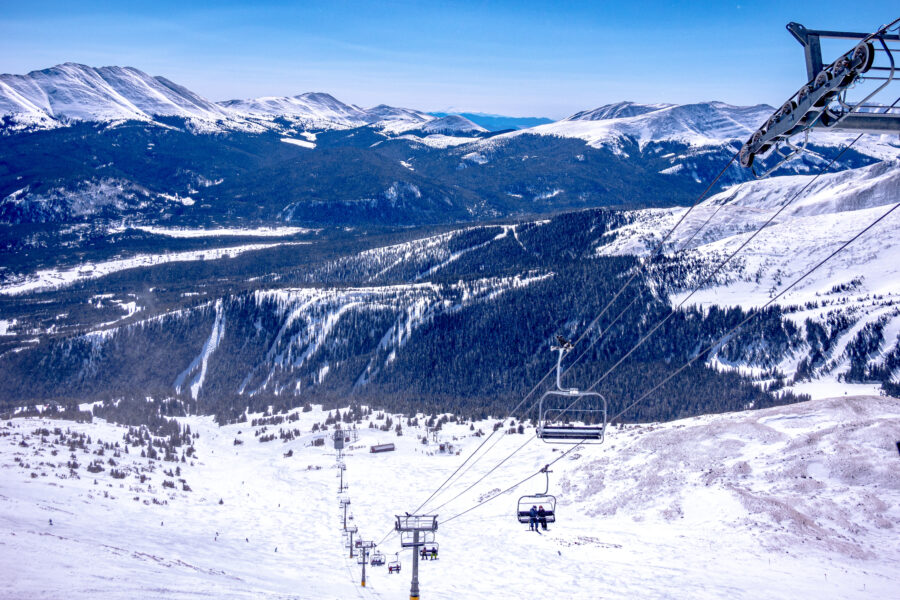
Breckenridge operates an extensive lift network with 34 lifts serving its five peaks. The lift system includes several high-speed quads and the Imperial Express SuperChair, North America’s highest chairlift.
Due to its layout, getting around Breckenridge can be more complicated. Skiers sometimes need multiple lifts to move between peaks, which can waste valuable skiing time.
Keystone has a more straightforward lift system with 20 lifts that connect its three mountains efficiently. The River Run Gondola is the main access point and can get congested during peak times.
Keystone’s lift lines are shorter than Breckenridge’s, especially on weekends. This means more time on the slopes and less time waiting.
Snow Conditions and Weather
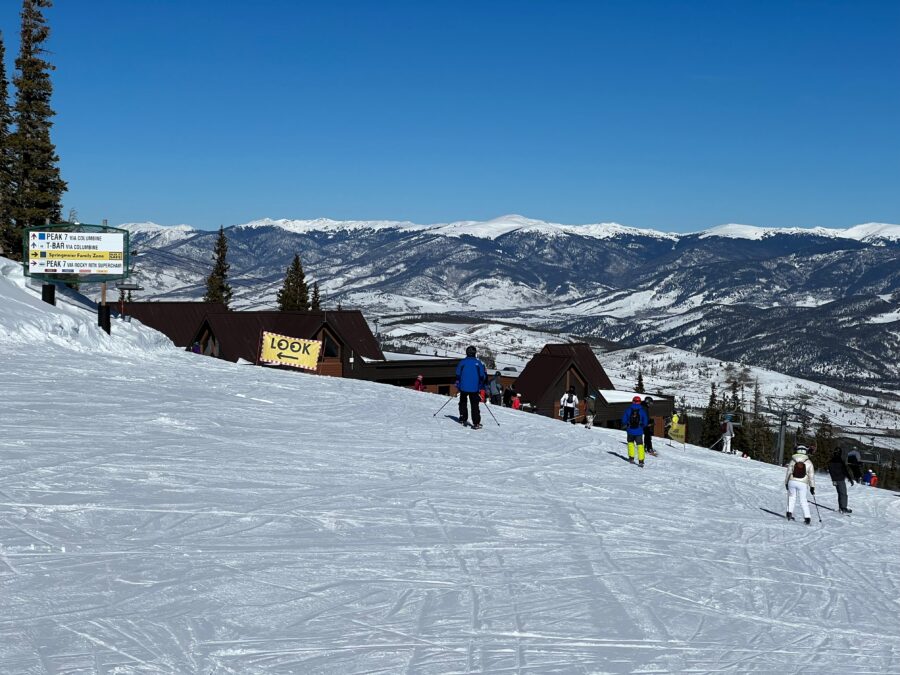
Breckenridge receives more annual snowfall, averaging over 300 inches compared to Keystone’s 240 inches. This difference is significant for powder enthusiasts.
The higher elevation at Breckenridge often means colder temperatures and better snow preservation, especially late in the season. However, it also means more exposure to wind and storms.
Keystone tends to have more consistent grooming across its runs. Their excellent snowmaking capabilities make it a reliable choice early in the season before natural snow accumulates.
Both mountains face different wind patterns. Breckenridge’s high-alpine areas can experience closures during strong winds, while Keystone’s more protected terrain often remains accessible even in challenging weather.
See Related: Breckenridge vs Aspen: Key Differences to Know Before Booking Your Colorado Ski Getaway
Amenities and Accommodations
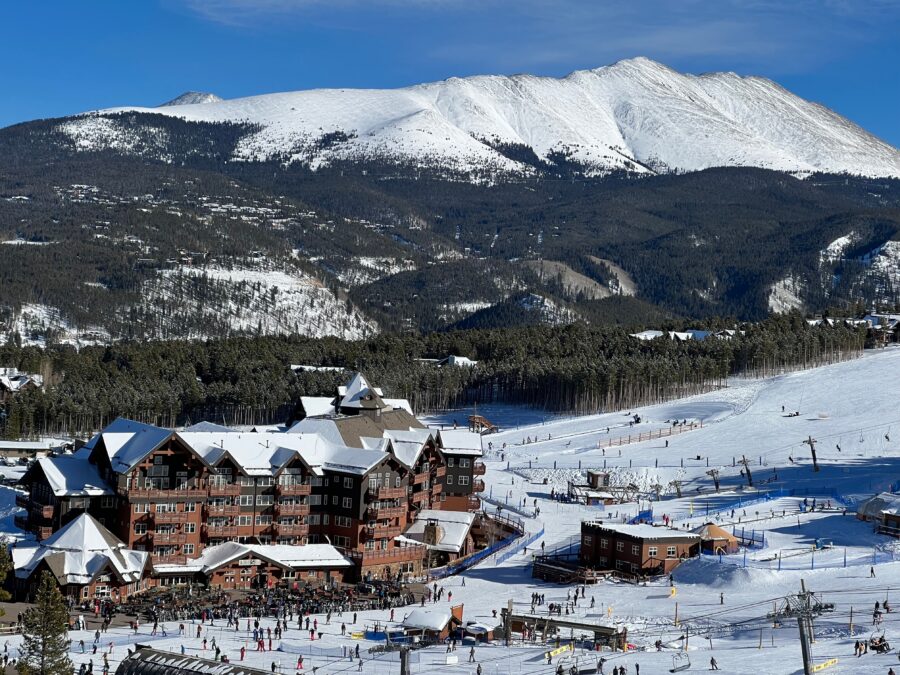
Keystone and Breckenridge offer many amenities to enhance your mountain vacation. From tasty dining options to comfortable places to stay, each resort has unique offerings catering to different preferences and budgets.
Dining and Restaurants
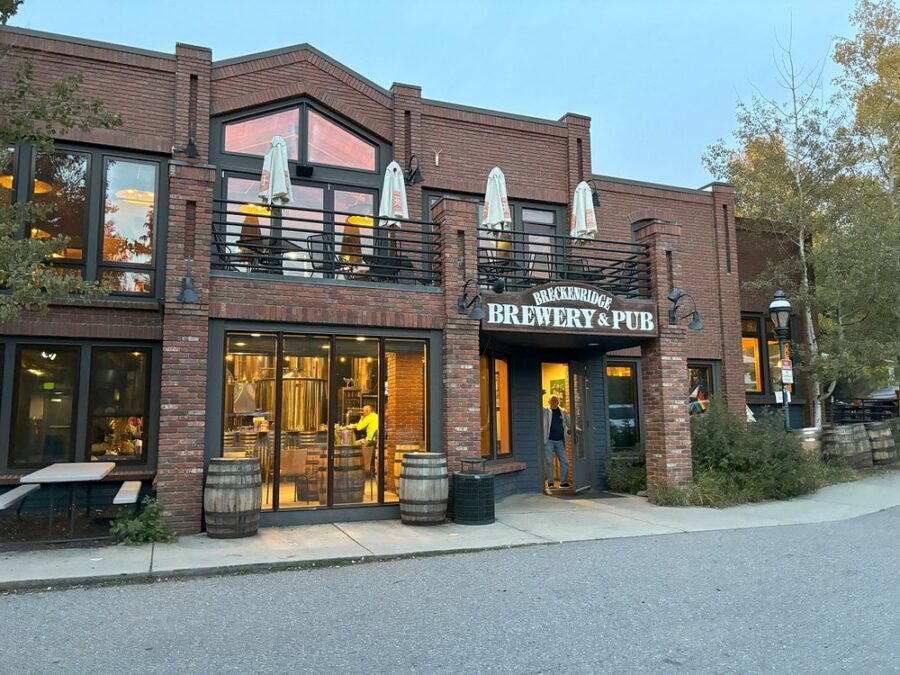
Breckenridge boasts an impressive food scene centered around its historic Main Street. You’ll find everything from casual pubs to upscale dining experiences. Main Street is home to local favorites like Breckenridge Brewery and Modis, offering craft beers and innovative cuisine.
Keystone’s dining options tend to be more resort-focused but equally delicious. The Alpenglow Stube stands out as North America’s highest AAA Four-Diamond restaurant, at 11,444 feet elevation. For a unique experience, try the Sleigh Ride Dinner at Keystone’s Der Fondue Chessel.
Both resorts feature on-mountain dining, but Keystone’s Bighorn Bistro & Bar in the Keystone Lodge provides exceptional slope-side dining with beautiful views. Budget-conscious travelers might find slightly better value at Keystone’s restaurants than Breck’s more tourist-driven pricing.
Accommodation Options
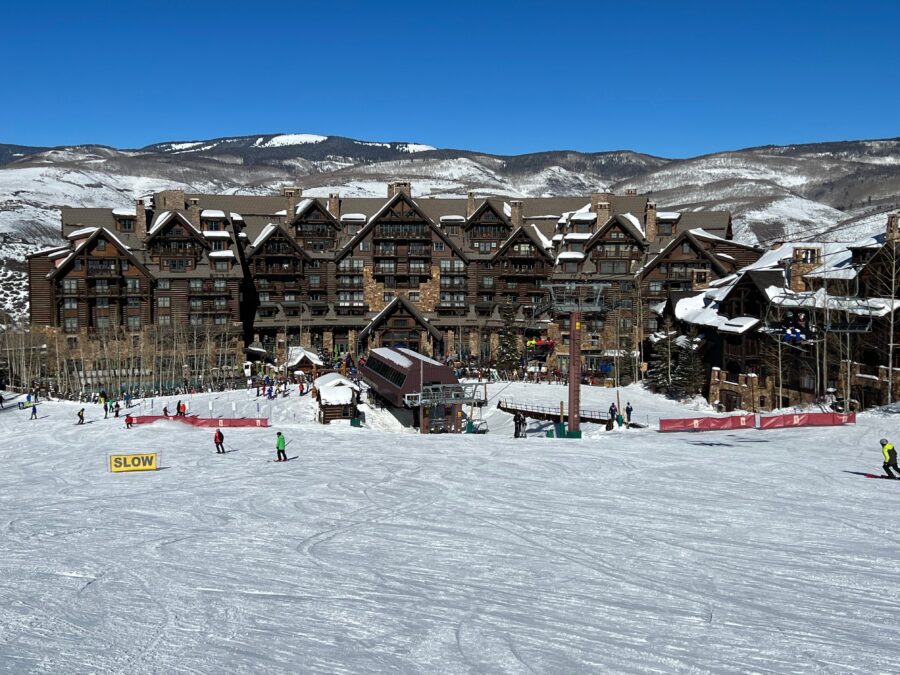
Keystone specializes in condo-style accommodations that work well for families and groups. The River Run Village condos offer convenient ski-in/ski-out access. Keystone Lodge provides more traditional hotel amenities with its heated outdoor pool and spa services.
Breckenridge features various lodging options, from luxury hotels to historic bed and breakfasts. Main Street puts you close to the town’s vibrant nightlife and shopping. The One Ski Hill Place offers premium ski-in/ski-out access at the base of Peak 8.
Pricing tends to run higher in Breckenridge, especially during peak season. Keystone generally offers better value, with many accommodations including extras like free parking or shuttle service to the slopes. Both resorts fill up quickly during holidays, so booking well in advance is recommended.
Family and Children Activities
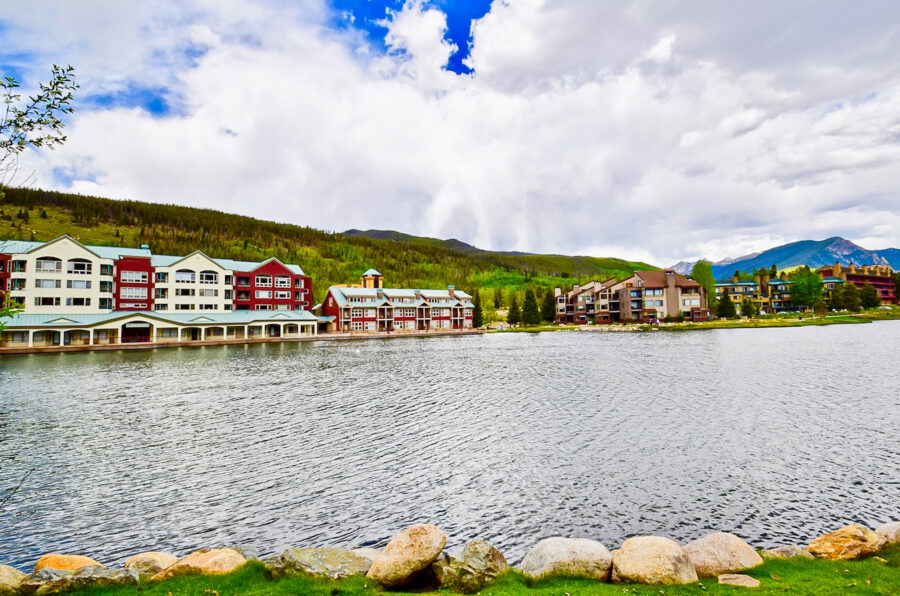
Keystone shines with its Kidtopia program, offering daily activities designed specifically for children. The world’s largest snow fort, disco tubing, and special family events make Keystone particularly attractive for those traveling with kids. The resort also offers “Kids Ski Free” when families book two or more nights.
Breckenridge doesn’t have a dedicated children’s program like Kidtopia but offers plenty of family-friendly activities. The Breckenridge Recreation Center features a public pool, climbing wall, and ice skating. On bad-weather days, the Mountain Top Children’s Museum provides indoor entertainment.
Both resorts offer excellent ski schools for children, but Keystone’s program receives particularly high marks for patient instructors and smaller class sizes. For evening entertainment, Keystone’s night skiing gives families extended time on the slopes, while Breck’s bustling Main Street offers more shopping and evening entertainment options.
Recreational Activities Beyond Skiing

Breckenridge and Keystone offer plenty of winter activities for those who want a break from the slopes. These mountain resorts understand that a complete winter vacation includes more than skiing and snowboarding.
Explore Snowmobiling and Snowshoe Trails
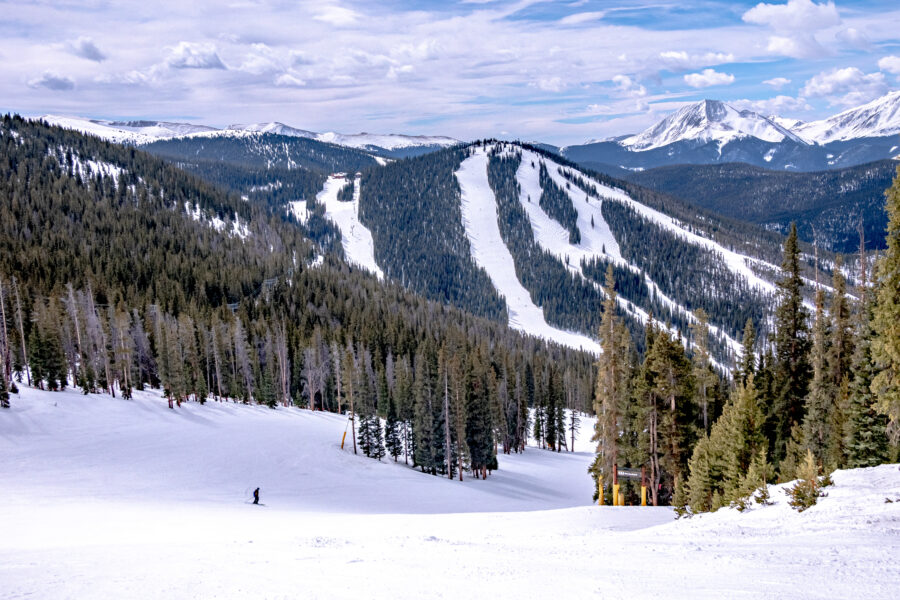
Keystone offers guided snowmobile tours through White Mountain Tours that take you through breathtaking backcountry terrain with views you can’t see from the resort. Tours range from beginner-friendly rides to more advanced adventures for those seeking a thrill.
Breckenridge’s snowmobiling options through Good Times Adventures provide family-friendly tours on groomed trails and open meadows. Kids as young as four can ride with adults, making it perfect for families.
Both resorts feature extensive snowshoe trails for a quieter experience. Keystone’s Nordic Center offers well-marked trails through peaceful pine forests, while Breckenridge’s McCullough Gulch trails provide spectacular mountain views and opportunities to spot wildlife.
Many visitors say Breckenridge’s guided moonlight snowshoe tours are a can’t-miss experience. These tours include stops for hot chocolate and fascinating information about the area’s natural history.
Experience Night Skiing and Après-Ski
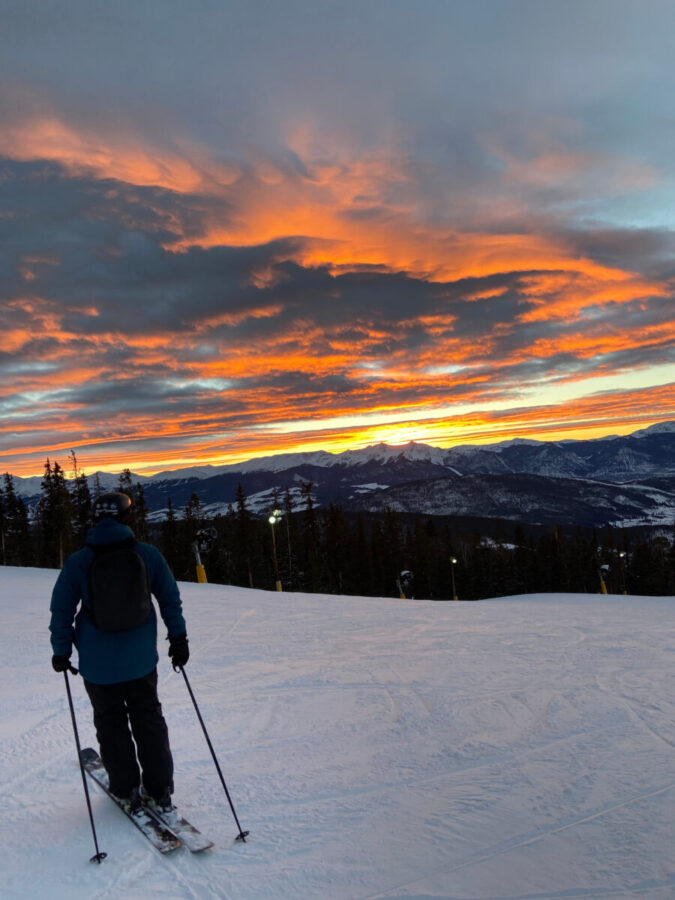
Keystone stands out with Colorado’s largest night skiing operation. The mountain lights up after dark with nearly 15 trails open until 8 PM. This unique experience lets you ski under the stars and squeeze in extra slope time after a day of other activities.
Night skiing is especially magical when fresh snow falls, creating a peaceful atmosphere completely different from daytime skiing. Kids particularly love the novelty of skiing with headlamps.
Breckenridge lacks night skiing but dominates the après-ski scene with its historic downtown filled with over 30 bars and restaurants. Main Street offers everything from casual pubs like Ollie’s to upscale spots like Ember.
Keystone’s après options are more limited but family-friendly. The Bighorn Bistro offers stunning lake views, while the Kickapoo Tavern at the base serves great comfort food. What Keystone lacks in variety, it makes up for with shorter lines and a more relaxed atmosphere.
Affordability and Accessibility
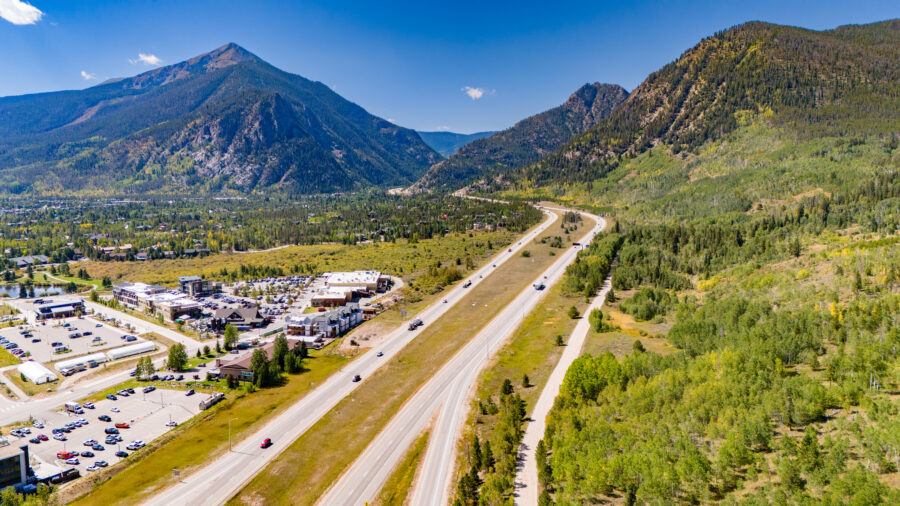
When choosing between Breckenridge and Keystone for your ski vacation, your wallet will have a say. These two resorts differ quite a bit in terms of cost and accessibility.
Lift Tickets and Season Pass Costs
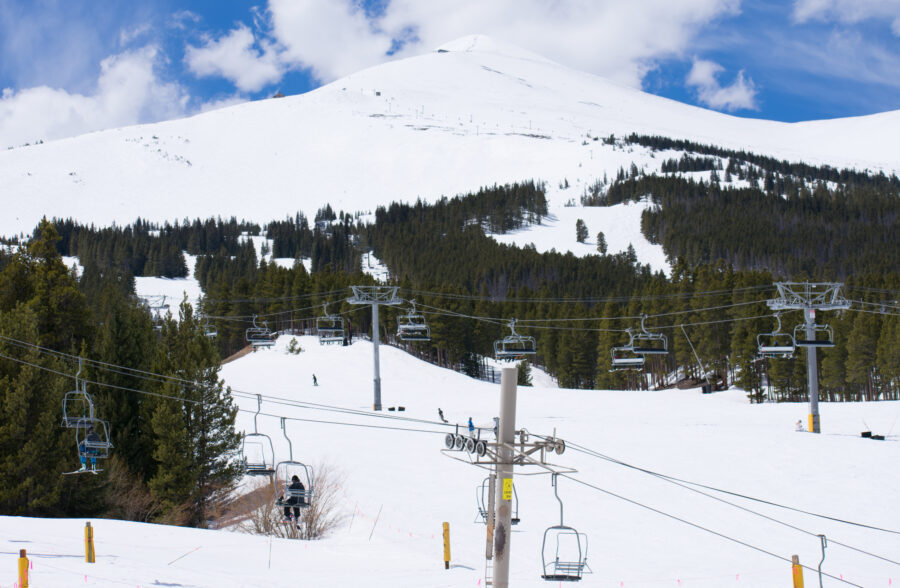
Keystone typically offers more affordable lift ticket options than Breckenridge. Daily tickets at Keystone can be about 10-15% cheaper, which adds up quickly for families or longer stays. Both resorts are included on the Epic Pass, Vail Resorts’ multi-resort season pass.
For frequent skiers, the Epic Pass is the way to go. For the 2024-2025 season, the full Epic Pass covers unlimited skiing at both resorts, while the more affordable Epic Local Pass includes some holiday restrictions at Breckenridge but not at Keystone.
Keystone also tends to have better deals on lodging packages that include lift tickets, especially during non-peak times. Budget-conscious travelers often find better value staying in nearby Silverthorne or Dillon and skiing Keystone.
Transportation and Shuttle Services
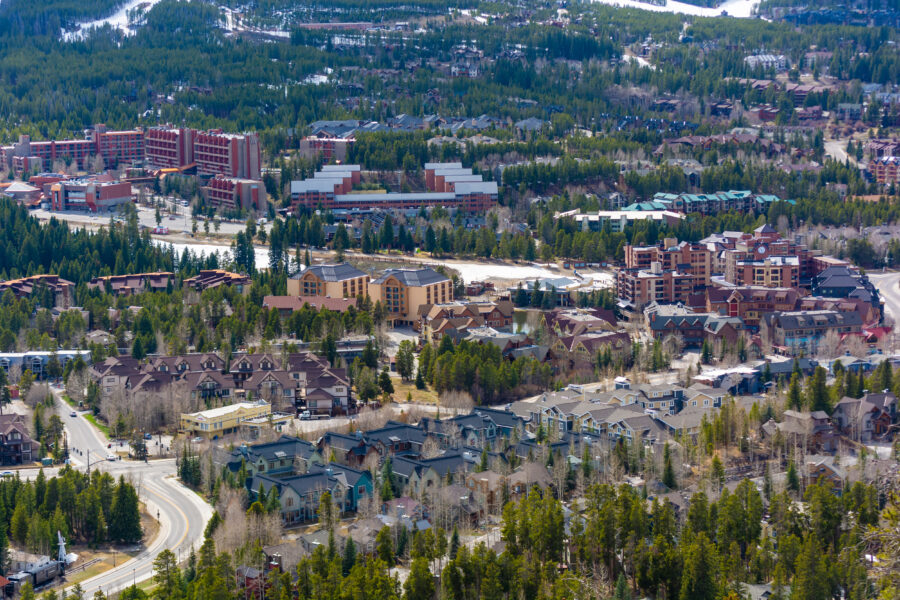
Breckenridge benefits from being a more established town with better public transportation options. The free Breck Connect gondola links the town to the slopes, eliminating visitor parking hassles.
Keystone offers fewer public transit options but more convenient parking near the lifts. Both resorts are accessible from Denver International Airport, with Keystone slightly closer (about 90 minutes versus 100 minutes to Breck in good weather).
The Summit Stage provides free bus service throughout Summit County, connecting Frisco, Keystone, and Breckenridge. This is a huge money-saver for travelers without a car.
Many visitors fly into Denver and take shuttle services like Summit Express or Colorado Mountain Express rather than renting cars. Visitors can easily access both resorts via the Summit Stage if staying in Frisco, making it a strategic and more affordable base for exploring both ski areas.
See Related: Park City vs Breckenridge: Which Premier Ski Destination Offers the Ultimate Mountain Experience
Unique Experiences and Local Culture
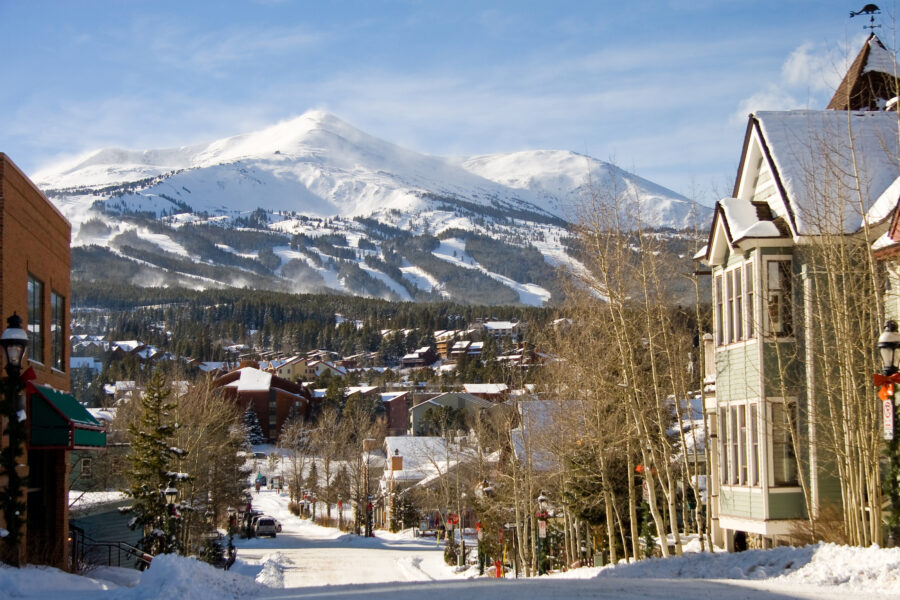
Both Keystone and Breckenridge offer visitors a taste of Colorado mountain culture, but each destination has its distinct personality. The towns differ greatly in their approach to local arts, shopping experiences, and community celebrations.
Local Shops and Artisanal Crafts
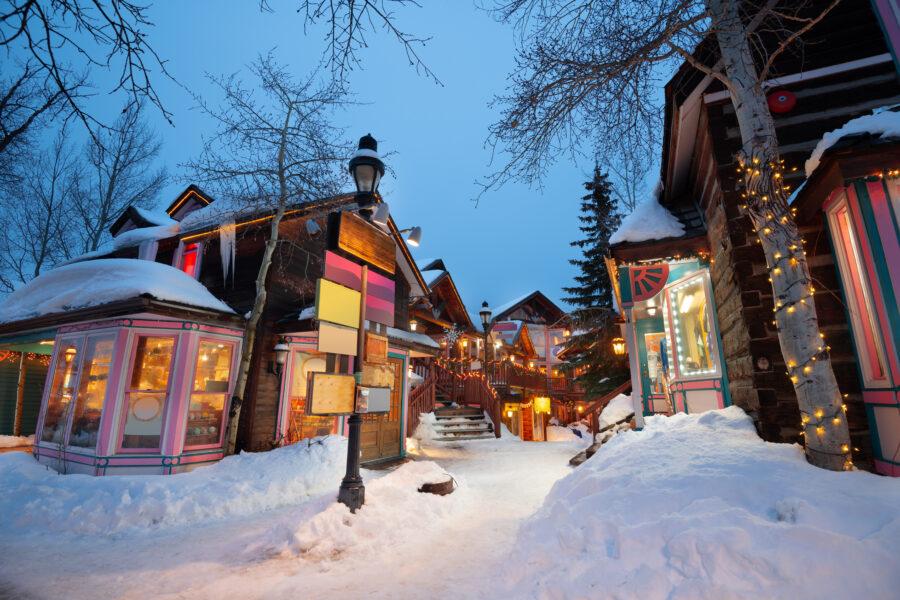
Breckenridge’s historic Main Street stands out as a shopper’s paradise with its colorful Victorian buildings housing unique boutiques and galleries. You’ll find everything from handcrafted jewelry to local artwork and mountain-inspired home décor. The town takes pride in its vibrant arts district, where visitors can watch artists at work in their studios or take classes at the Breckenridge Creative Arts Center.
Keystone offers a more curated shopping experience focused on the resort village. While smaller in scale, Keystone’s shops feature high-quality mountain gear, Colorado-made food products, and specialty items. The Keystone Art Gallery showcases beautiful landscape paintings that capture Summit County’s natural beauty.
Local artisans in both areas often use reclaimed wood, local stones, and mountain-inspired themes. Breckenridge has more variety, while Keystone focuses on quality over quantity.
Cultural Events and Festivities
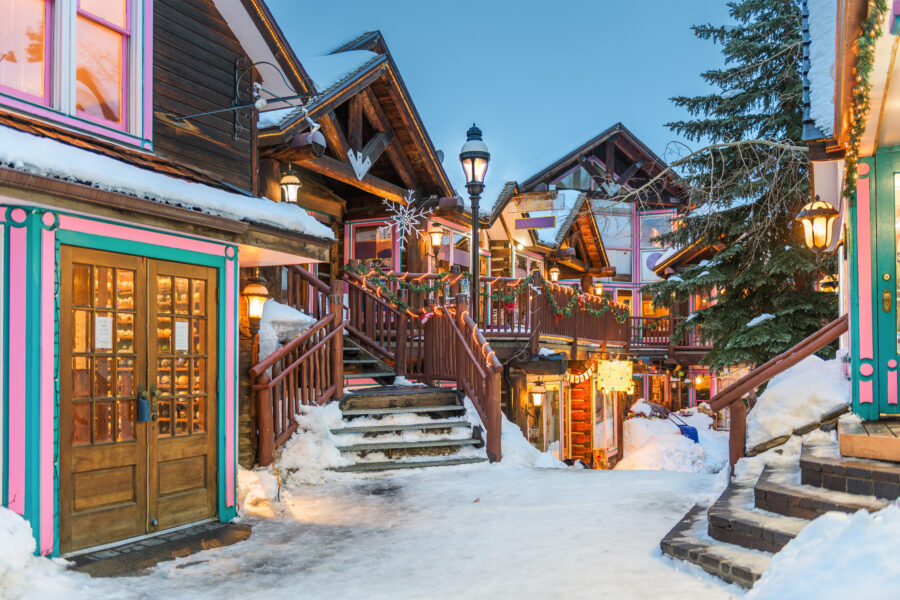
Breckenridge hosts a packed calendar of cultural events throughout the year. The Breckenridge International Festival of Arts brings together artists worldwide each summer. Winter features the quirky Ullr Fest, where locals dress as the Norse snow god and parade down Main Street.
Keystone shines with family-friendly festivities like the Winter Chocolate Festival and the Bacon and Bourbon Festival in summer. The resort also hosts the Mountain Town Music Festival, which draws music lovers across Summit County.
Both destinations celebrate their mining history through museum exhibits and historical tours. Breckenridge offers ghost tours of historic buildings, while Keystone’s original homestead provides a glimpse into pioneer life.
For cultural authenticity, Breckenridge delivers a more immersive experience with its preserved historic district and year-round community events.
Comparative Analysis
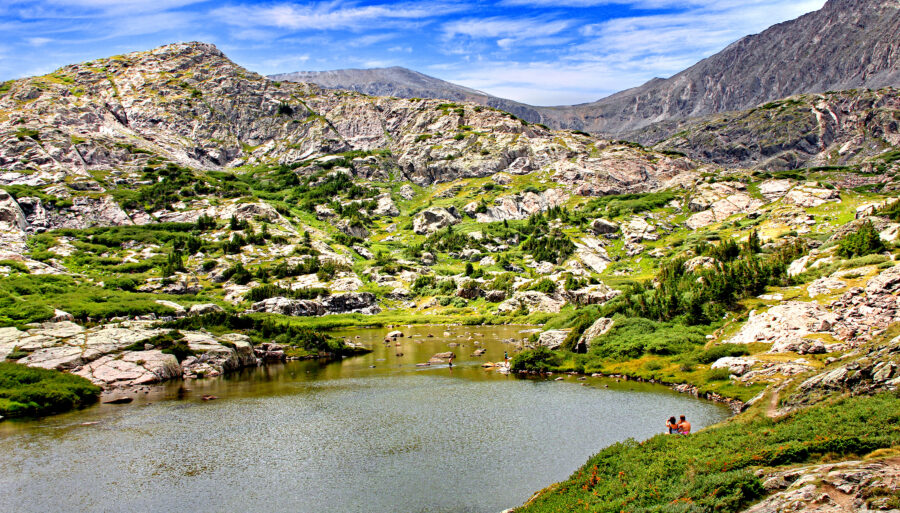
Keystone and Breckenridge offer distinct experiences for visitors, with notable terrain and overall atmosphere differences. Each resort has developed its own unique identity, catering to different types of snow enthusiasts.
Skiing and Snowboarding Experiences
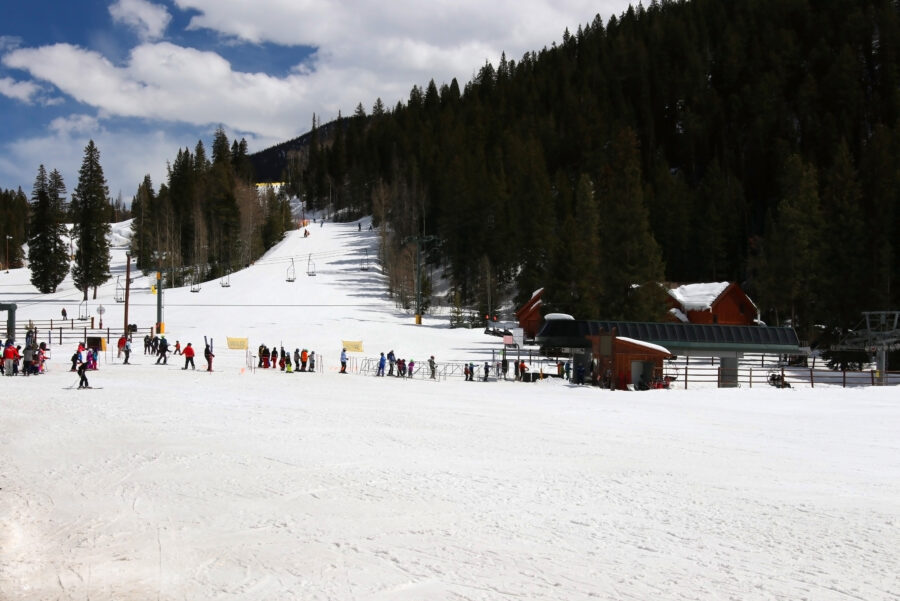
Breckenridge leads in advanced terrain. The resort boasts extensive high-alpine expertise, including substantial double black diamond options. For serious powder hounds, Breck’s hike-to terrain provides challenging runs that are unavailable at Keystone.
Keystone’s strengths lie in its intermediate runs and overall accessibility. The mountain layout feels more intuitive, making it easier for groups to navigate together. One visitor noted, “Keystone is an easy mountain to blend skills and have a great time together,” while “Breck is better, but a pain to move around.”
Night skiing is a Keystone specialty that Breckenridge doesn’t offer. This gives visitors extra time on the slopes, especially during shorter trips.
Family-Friendly Versus Adventure-Oriented
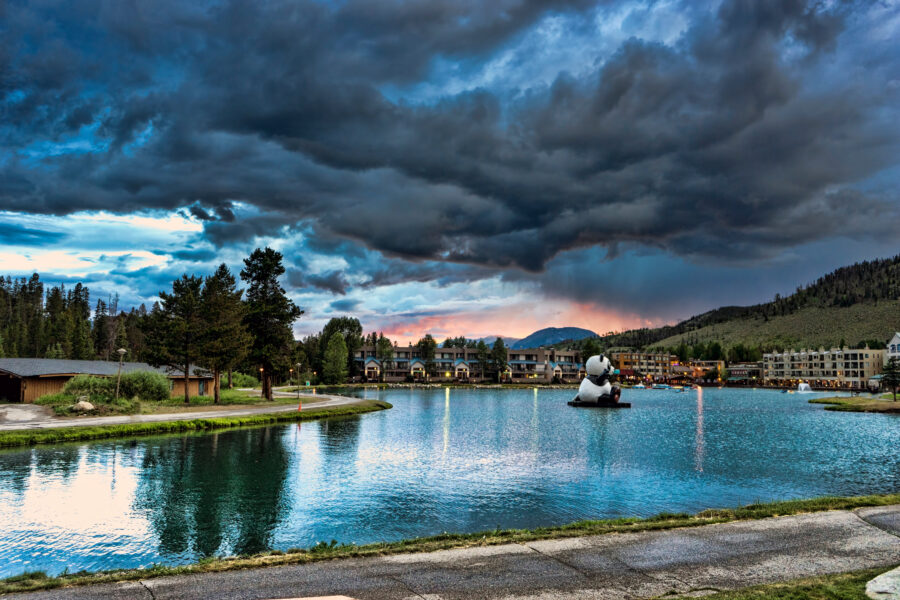
Keystone has earned a reputation as the more family-oriented resort. The mountain features:
- More beginner-friendly terrain
- Less crowded learning areas
- Better-organized ski school programs
- Easier navigation between lifts
Breckenridge, while still accommodating families, caters more to the adventure and social scene. The town offers a livelier après-ski experience with more restaurants, bars, and shopping options. This makes Breck the choice for those seeking challenging terrain and vibrant nightlife.
For families with mixed skiing abilities, Keystone provides a better environment where everyone can enjoy their day without getting separated across a sprawling mountain. The resort’s layout simplifies reconnecting for lunch or breaks throughout the day.
See Related: Breckenridge vs Vail: Key Differences to Know Before Booking Your Colorado Ski Vacation
Frequently Asked Questions
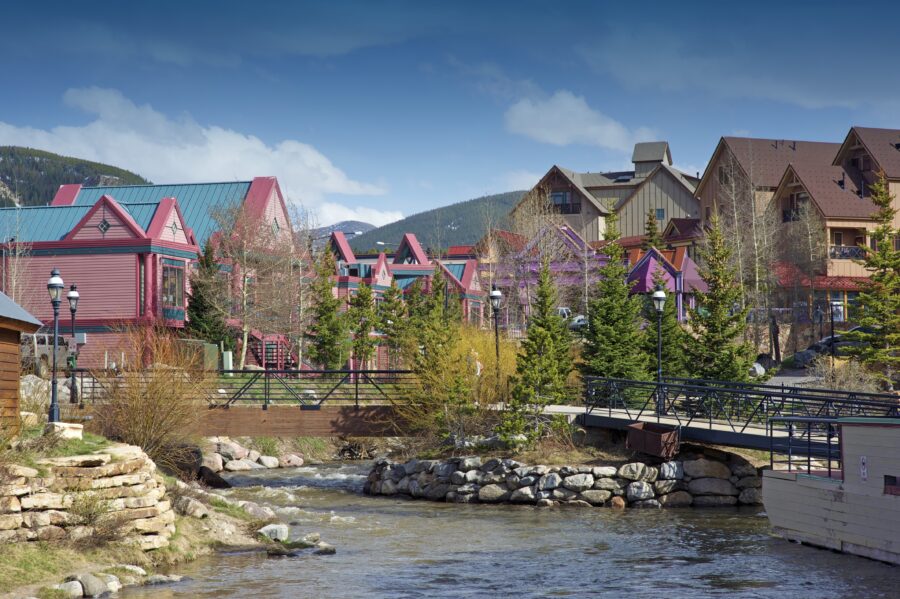
Both Keystone and Breckenridge offer unique experiences for visitors year-round, with distinct differences in terrain, amenities, and overall atmosphere that cater to different travelers.
What are the key differences in terrain between Breckenridge and Keystone for experienced skiers?
Experienced skiers will notice that Breckenridge offers more challenging terrain overall. Breck features high-alpine bowls and steeper pitches that appeal to advanced skiers looking for thrills.
Keystone’s terrain focuses more on long, well-groomed runs and gladed areas. The resort’s outback areas provide some challenging options, and their cat skiing service gives access to untouched powder that’s hard to find elsewhere.
Breckenridge sits at a higher elevation, with a summit of 12,998 feet compared to Keystone’s 11,640 feet. This elevation difference often means Breck has more varied and technical terrain for experts to explore.
How do family-friendly amenities compare at Keystone versus Breckenridge?
Keystone excels with family-focused amenities, including its famous Kidtopia program, which offers daily activities designed specifically for children. Its dedicated learning areas help kids master skiing basics in a controlled environment.
Breckenridge offers family amenities, too, but they are spread throughout a larger town setting. Families appreciate Breck’s wider variety of off-slope activities, from historical tours to family-friendly restaurants.
Night skiing at Keystone gives families extra time on the slopes after a late start. This unique offering isn’t available at Breckenridge and can be perfect for families with different morning schedules.
Can you highlight the unique aspects of summer activities available at Keystone and Breckenridge?
Keystone transforms in summer with its two championship golf courses and mountain biking park. The resort’s lake offers paddleboarding and kayaking options that Breckenridge can’t match.
Breckenridge’s summer scene centers around its historic downtown, which hosts festivals nearly every weekend. The town’s mining history comes alive through museums and tours that provide educational entertainment unique to the area.
Both resorts offer hiking and scenic lift rides, but Breckenridge tends to have more organized outdoor activities during the summer months, such as guided wildflower hikes and wildlife viewing programs.
When comparing the snow quality and ski conditions at Keystone and Breckenridge, what should travelers consider?
Breckenridge receives more annual snowfall than Keystone, averaging about 300 inches compared to Keystone’s 235 inches. This difference can mean more powder days at Breck throughout the season.
Keystone compensates with excellent snowmaking capabilities and north-facing slopes that preserve snow quality longer. The resort’s lower elevation can mean slightly warmer temperatures, which some skiers prefer.
Weather patterns affect both resorts differently. Breckenridge’s higher elevation can mean colder temperatures and windier conditions, while Keystone’s protected valley location may lead to more consistent conditions.
For those considering proximity to major airports, how do Keystone and Breckenridge vary in travel distance from Denver?
Keystone is about 90 miles from Denver International Airport, typically requiring a 1.5-2 hour drive depending on traffic and weather conditions. This slight proximity advantage can make a difference after a long flight.
Breckenridge is about 104 miles from Denver, which usually adds 15-20 minutes to the journey compared to Keystone. However, the extra distance is often worth it for visitors seeking Breck’s lively atmosphere.
Both resorts are accessible via shuttle services and rental cars. The drive to either destination follows the same route along I-70 until Silverthorne, where travelers to Keystone head east and Breckenridge visitors continue south.
Could you elaborate on how the nightlife and après-ski scenes differ in Breckenridge and Keystone?
Breckenridge boasts a vibrant nightlife with dozens of bars, restaurants, and entertainment venues spread throughout its historic downtown. The variety ranges from casual pubs to upscale cocktail lounges, giving visitors plenty of options.
Keystone’s après-ski scene is more contained within the resort village. The atmosphere tends to be quieter and more family-focused, with a handful of restaurants and bars rather than the sprawling options in Breck.
Live music is a staple in Breckenridge, with multiple venues featuring local and touring bands. Keystone offers occasional live performances but doesn’t match the consistent entertainment calendar that Breck maintains throughout the season.

